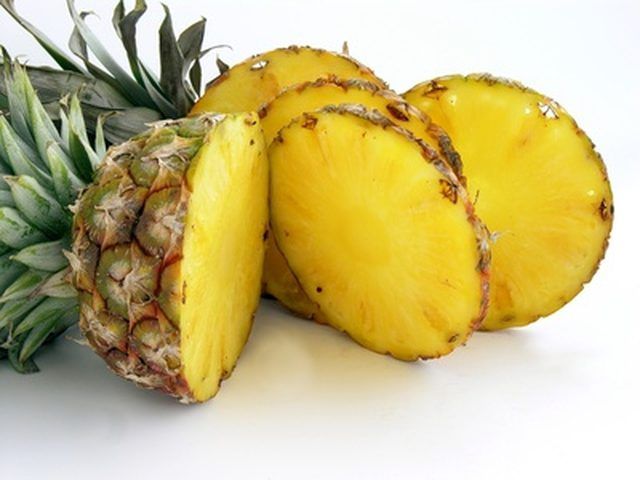Bulbs
Flower Basics
Flower Beds & Specialty Gardens
Flower Garden
Garden Furniture
Garden Gnomes
Garden Seeds
Garden Sheds
Garden Statues
Garden Tools & Supplies
Gardening Basics
Green & Organic
Groundcovers & Vines
Growing Annuals
Growing Basil
Growing Beans
Growing Berries
Growing Blueberries
Growing Cactus
Growing Corn
Growing Cotton
Growing Edibles
Growing Flowers
Growing Garlic
Growing Grapes
Growing Grass
Growing Herbs
Growing Jasmine
Growing Mint
Growing Mushrooms
Orchids
Growing Peanuts
Growing Perennials
Growing Plants
Growing Rosemary
Growing Roses
Growing Strawberries
Growing Sunflowers
Growing Thyme
Growing Tomatoes
Growing Tulips
Growing Vegetables
Herb Basics
Herb Garden
Indoor Growing
Landscaping Basics
Landscaping Patios
Landscaping Plants
Landscaping Shrubs
Landscaping Trees
Landscaping Walks & Pathways
Lawn Basics
Lawn Maintenance
Lawn Mowers
Lawn Ornaments
Lawn Planting
Lawn Tools
Outdoor Growing
Overall Landscape Planning
Pests, Weeds & Problems
Plant Basics
Rock Garden
Rose Garden
Shrubs
Soil
Specialty Gardens
Trees
Vegetable Garden
Yard Maintenance
How to Grow Pineapple Hydroponics
How to Grow Pineapple Hydroponics. Pineapples can be grown hydroponically, or without soil. In hydroponic gardening, pineapple plants are placed in a solution of water and nutrients directly available to the roots. The growing medium shortens the time pineapples conventionally require to root in soil and locate water in order to survive. In...

Pineapples can be grown hydroponically, or without soil. In hydroponic gardening, pineapple plants are placed in a solution of water and nutrients directly available to the roots. The growing medium shortens the time pineapples conventionally require to root in soil and locate water in order to survive. In addition to rapid growth rates and higher nutritive value, growing pineapples hydroponically provides you with complete control over nutrient intake, enhanced space and fewer risks of encountering soil-based pests and diseases. Most importantly, your pineapple garden's recyclable water and nutrient system are environmentally friendly.
Things You'll Need
Black paint
Paintbrush
Tape measure
Pen or pencil
Pineapple seeds
Reservoir
Pump
Growing pots
Mixture of gravel and peat
Light source
pH test kit
Water-soluble nutrient solution
Styrofoam board
Knife
Air stone
Purchase or find a reservoir that is the same length from top to bottom, similar to the shape of a bucket or fish tank. Paint the reservoir black to make it light proof, which will eliminate the growth of algae.
Measure the length and width of your reservoir with a tape measure. Cut the Styrofoam 1/4 inch smaller than the size of your reservoir; for example, if the reservoir is 36 by 30 inches, cut the Styrofoam to 35 3/4 by 29 3/4 inches. Place the Styrofoam within the reservoir temporarily; note that there should be just enough room for water level adjustments.
Place the growing pots onto the Styrofoam to determine where you want to put each pineapple plant. Allow plenty of space between pots, as pineapple plants require ample room and sunlight to flourish. Trace around the bottom of each growing pot using a pen or pencil. Use a sharp knife to cut out the traced circles. Cut a small hole on one side of the Styrofoam for the air line to enter the material from the reservoir.
Combine the air line and the pump, then adhere the air stone to the other end. Confirm that the pump is long enough to reach the reservoir bottom and deliver oxygen to each pineapple plant's roots. Place the growing pots into their designated areas; every pot should contain growing medium along with one pineapple plant.
Empty the nutrient medium of gravel and peat into the reservoir. Ensure that the medium has a pH of 5 or 6, as pineapple plants tend to grow in shorter time periods. Place the Styrofoam back into the tank and run the air line through each punctured area. Plug in the pump and activate your homemade pineapple hydroponics system.
Adjust your room temperature between 59 to 81 degrees Fahrenheit, as pineapples are tropical plants. Expose the plants to eight hours of daily sunlight through artificial lightning for healthy growth. Mist the pineapple leaves two to three times a day using a spray bottle of nutrient solution, as pineapples absorb more nutrients from their leaves than their roots. Review the growth of your pineapples consistently to ensure healthy pineapple plants, which may take a period of two to three years to fully bloom.
Tips & Warnings
Pineapples require manual pollination to flower and produce fruit. Use a small paintbrush to gently brush the flower's center to rid it of any pollen.
Children should be supervised by an adult when using sharp or heavy objects.